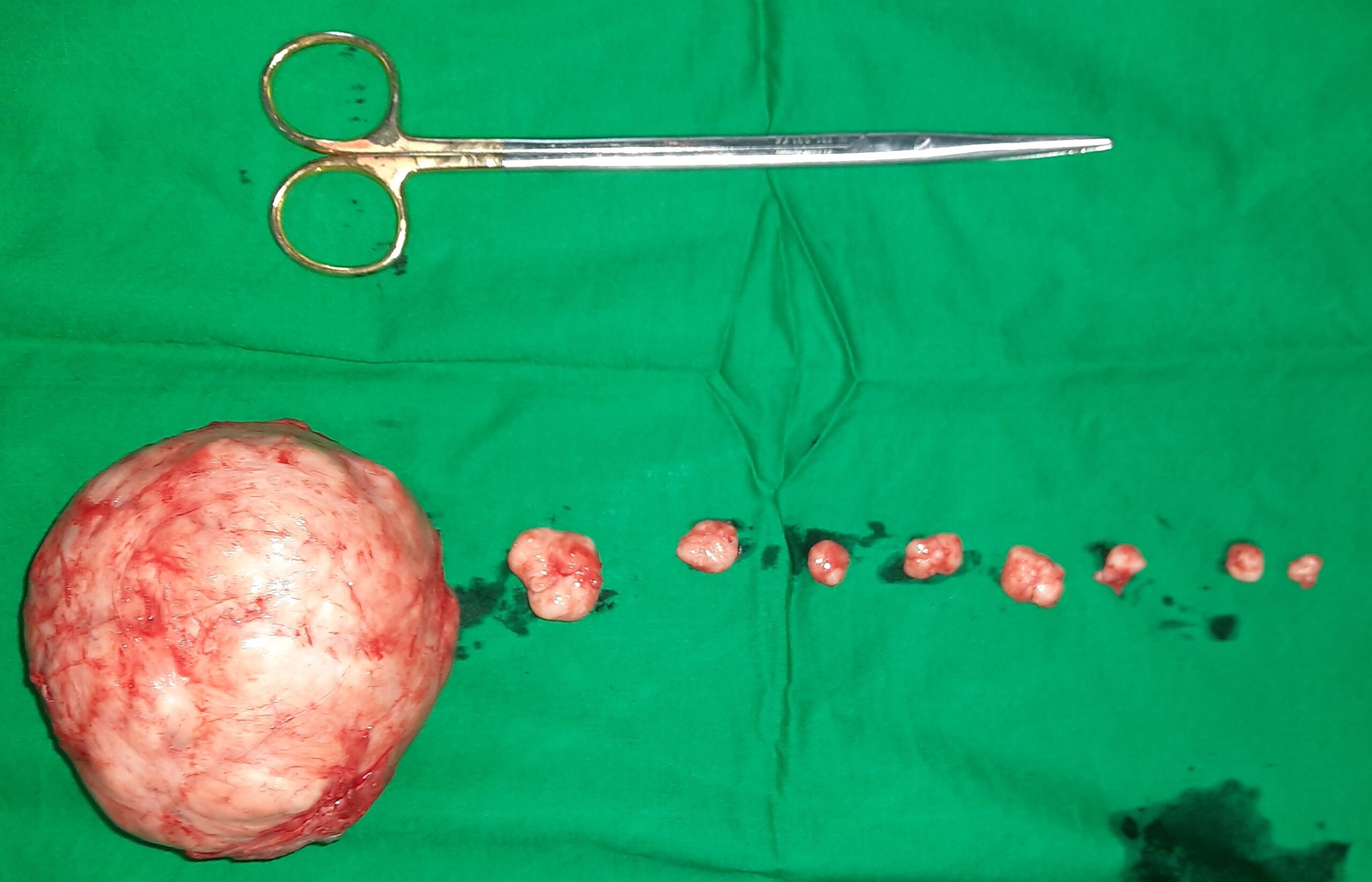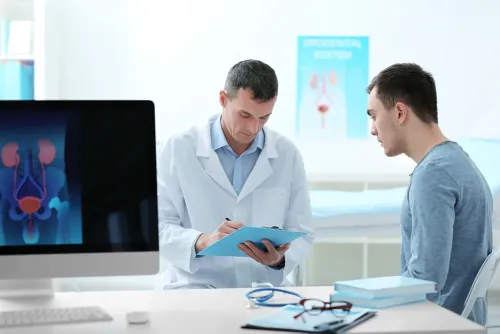How Gynecology Plays a Key Role in Treating Uterine Fibroids

Uterine fibroids are noncancerous tumors that can cause significant discomfort and impact quality of life. Understanding what fibroids are, their causes, and available treatment options helps women make informed decisions about their reproductive health. Here is more information on gynecology, the available services, and treatment approaches for uterine fibroids:
What Is Gynecology?
Gynecology is the medical specialty focused on the health of the female reproductive system. This field encompasses the diagnosis, treatment, and management of conditions affecting the uterus, ovaries, fallopian tubes, cervix, and vagina. Gynecologists are trained to address both routine reproductive health needs and complex medical conditions.
The scope of gynecology extends beyond treating diseases. It includes preventive care, health screenings, and reproductive planning. Gynecologists work with women throughout different life stages, from adolescence through menopause and beyond.
What Are the Available Services?
Gynecological services encompass a wide range of medical care options. Routine services include annual wellness exams, Pap smears, and breast examinations. These preventive measures help detect potential issues early and maintain overall reproductive health.
Diagnostic services include ultrasounds, biopsies, and laboratory tests. These procedures help identify conditions such as infections, hormonal imbalances, and structural abnormalities. Advanced imaging techniques can provide detailed views of internal reproductive organs.
Treatment services address various conditions, including:
- Menstrual disorders and irregularities
- Sexually transmitted diseases
- Fertility issues and reproductive planning
- Menopause management and hormone therapy
What Are Uterine Fibroids?
Uterine fibroids are noncancerous growths that develop in or on the uterine wall. These tumors consist of muscle and fibrous tissue and can vary significantly in size, ranging from microscopic to several inches in diameter. Some women develop a single fibroid, while others may have multiple growths.
Fibroids are classified based on their location within the uterus. Intramural fibroids grow within the uterine wall, while subserosal fibroids develop on the outer surface. Submucosal fibroids grow beneath the uterine lining and may protrude into the uterine cavity. Common symptoms include heavy menstrual bleeding, prolonged periods, pelvic pain, and frequent urination.
What Causes Them?
Several factors may contribute to the development of uterine fibroids. Hormonal influences play a significant role, particularly estrogen and progesterone. These hormones stimulate the development of the uterine lining during each menstrual cycle and appear to promote the growth of fibroids.
Genetic factors also contribute to fibroid development. Women with family members who have had fibroids are more likely to develop them. Additional risk factors include age, race, and lifestyle factors. Obesity and diet may also influence the development of fibroids.
How Are They Treated?
Treatment for uterine fibroids depends on the severity of symptoms, the size and location of the fibroids, and individual patient factors. Women with mild symptoms or small fibroids may require only regular monitoring. This approach involves periodic examinations to track any changes in size or symptoms.
Medication represents a common first-line treatment approach. Hormonal medications can help regulate menstrual cycles and reduce bleeding. Options include a low-dose birth control pill or a hormonal IUD. These treatments can effectively manage symptoms while avoiding the need for surgical intervention.
See a Gynecologist Now
Understanding uterine fibroids and available treatment options helps women make informed healthcare decisions. Regular gynecological care plays a valuable role in the early detection and management of fibroids. Women experiencing symptoms such as heavy bleeding, pelvic pain, or changes in menstrual patterns should schedule an appointment with a gynecologist. Early intervention may lead to better outcomes and more treatment options.
- The Link Between Plantar Fasciitis and Weight Gain: What You Need to Know
- How Pet Ownership Can Positively Impact Life with Fibromyalgia
- The Importance of Stretching and Flexibility in Sports Medicine
- Understanding the Role of Cosmetic Dermatology in Skin Rejuvenation
- Navigating the Stages of Dementia: What to Expect
Dr. Emma Green is a health and wellness expert with over 10 years of experience in nutrition and fitness. Passionate about helping others live their healthiest lives, Dr. Green shares practical advice on wellness, nutrition, and sustainable living through LivingSpristine.






